Crossing the forest to find forest products
The end of the year is also the time when the Central Highlands enters the dry season. The nights are dark and cold, the days are sunny and windy. The forests, after a rainy season, become lush.
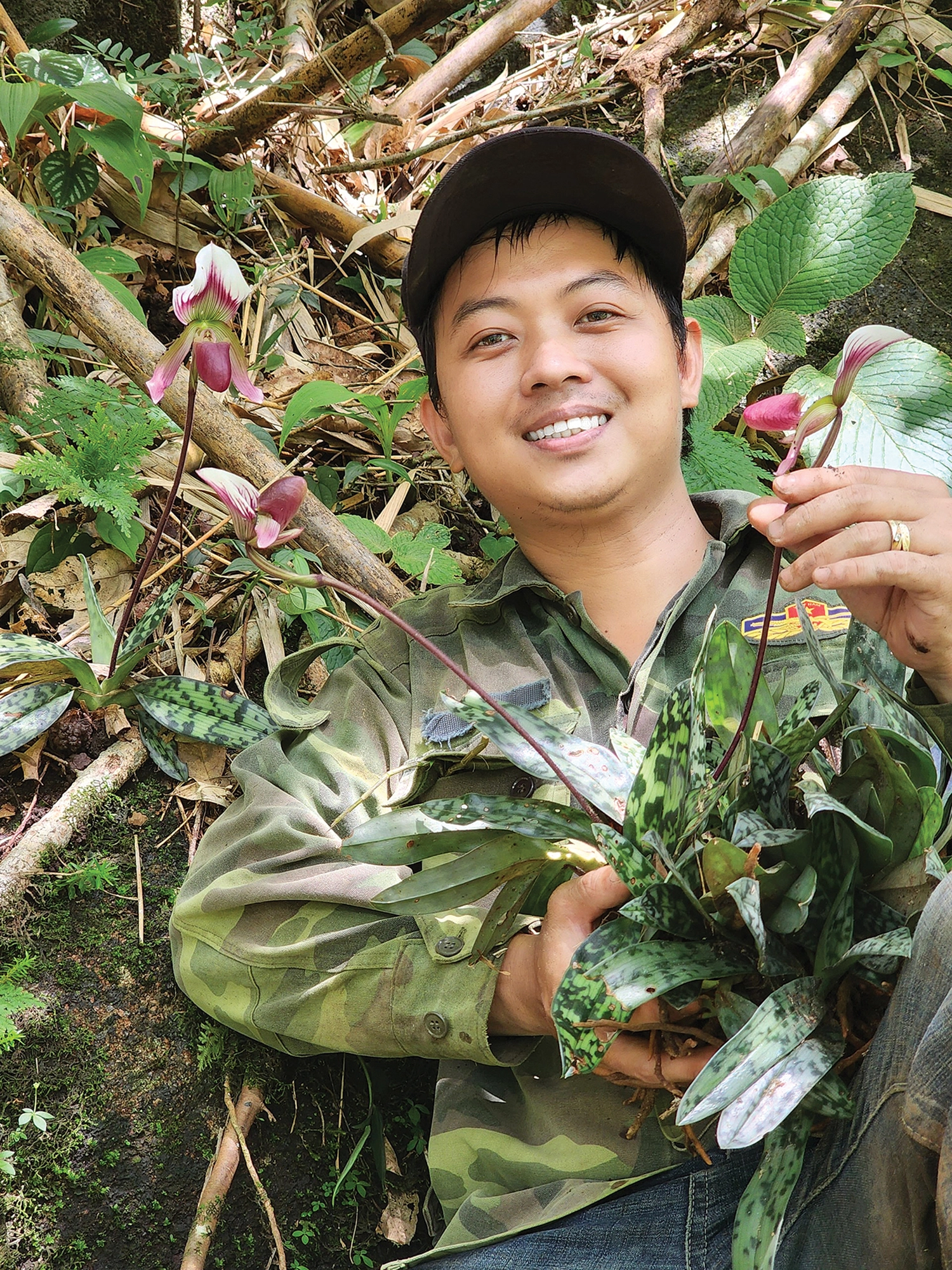
Forester Nguyen Sy Dac next to a Van Nam Gia Lai orchid he found.
In the middle of December, which is also the coldest windy season in the Central Highlands, we had the opportunity to follow Mr. Nguyen Sy Dac (24 years old, residing in Ia Ly town, Chu Pah district, Gia Lai) into the forest. The journey to hunt for rare orchids began at 5am. Mr. Dac went with another friend, named Ro Cham Ban (residing in Ia Ka commune, Chu Pah district).
Both are famous foresters, familiar with every tree and forest, and have the ability to climb tall trees and cliffs very quickly.
At dawn, the group carried rice, protective gear, vines, small hoes... towards the top of Ia Kreng mountain, Chu Pah district.
Along the journey of about 20km, which was mostly difficult dirt roads (we traveled by motorbike), Mr. Dac confided that due to the lack of land for cultivation, for many years, they formed a group specializing in hunting for secondary forest products such as orchids, honey, and mushrooms. The daily income was 5-6 million VND, but there were also days when they worked hard all day and still had to return empty-handed.
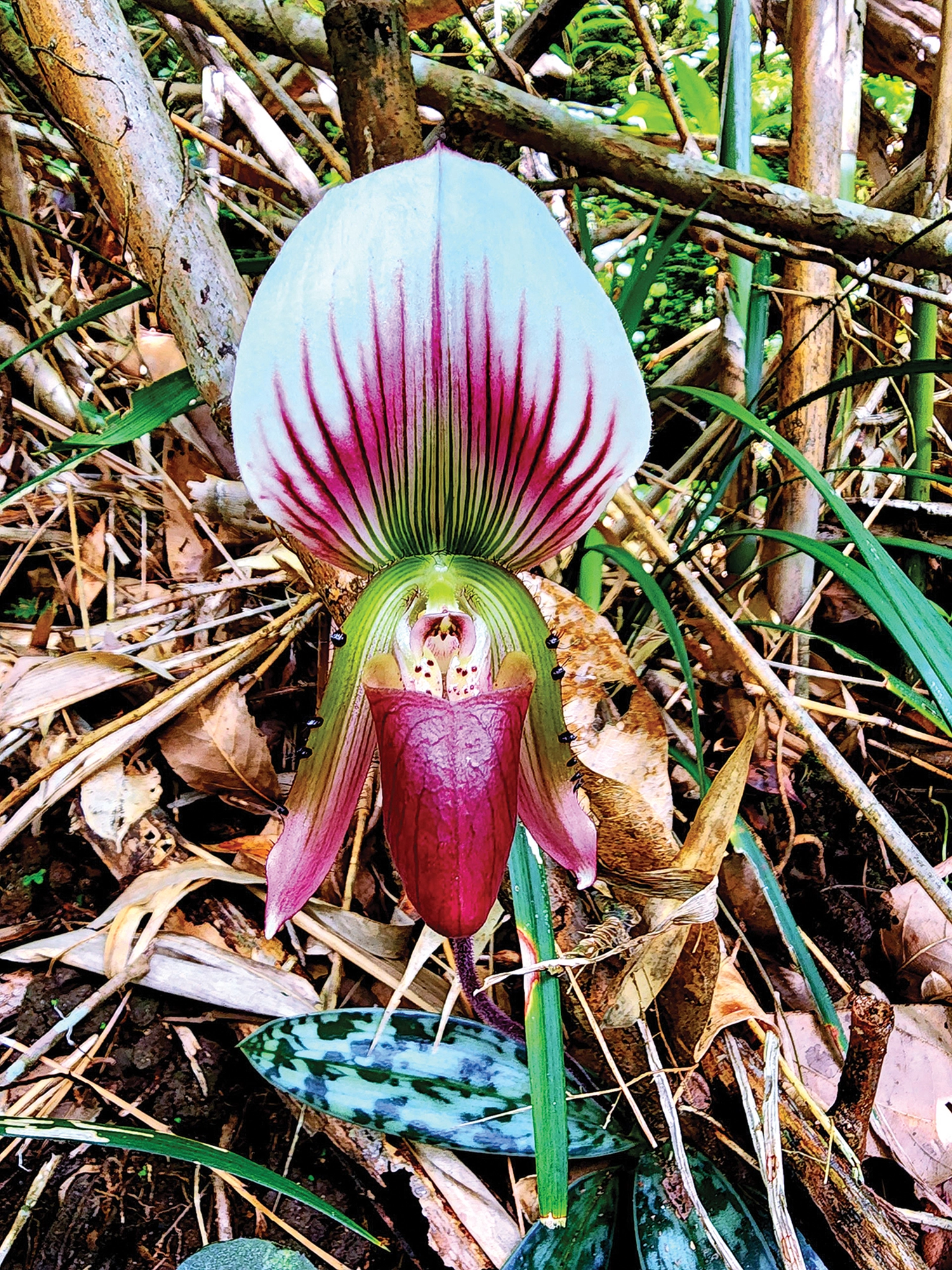
Van Nam Gia Lai orchid blooming. Photo: Ho Sy Dac.
Going on, towards the headwaters of Ia Ly hydroelectric power plant, then to the headwaters of Se San hydroelectric power plant, finally the large forest appeared before our eyes.
Mr. Dac said that in addition to his ability to climb mountains, cross waterfalls and experience in the forest, conquering tall trees has helped him find and collect valuable products, earning extra income to support his family.
"The goal of this trip is to "hunt" for a species of orchid called Hai Van Nam, which is being ordered by some customers in Ho Chi Minh City and Lam Dong. This type of orchid has beautiful pink flowers when it blooms, and costs from 800,000 - 1,000,000 VND/kg.
This species of orchid is very rare, the price is higher than other species, the harmonious color is very eye-catching. It is distributed on high mountain tops, there are plants that only appear at an altitude of over 1,000m," said Mr. Dac.
Sitting behind Mr. Dac's motorbike, Mr. Ro Cham Ban said that in the past, when there were still many forests, finding Van Nam orchids was not too difficult. However, now the forests are thinner, so one has to cross from one mountain peak to another, and if one is lucky, one can see a cluster of a few dozen plants.
"Now they are only found in primeval forests. To get them, you have to cross waterfalls and climb high mountains. Therefore, when we come across this orchid species, we only take half of it and let the rest continue to grow and multiply new shoots," Ban shared.
Danger lurks
According to Mr. Dac, forest product hunters must be patient, hard-working and always face and accept danger. For those who are good at going into the forest, they can earn from 400,000 to 600,000 VND per day. If they find large, valuable orchid and mushroom fields, the amount of money they earn is several times higher.
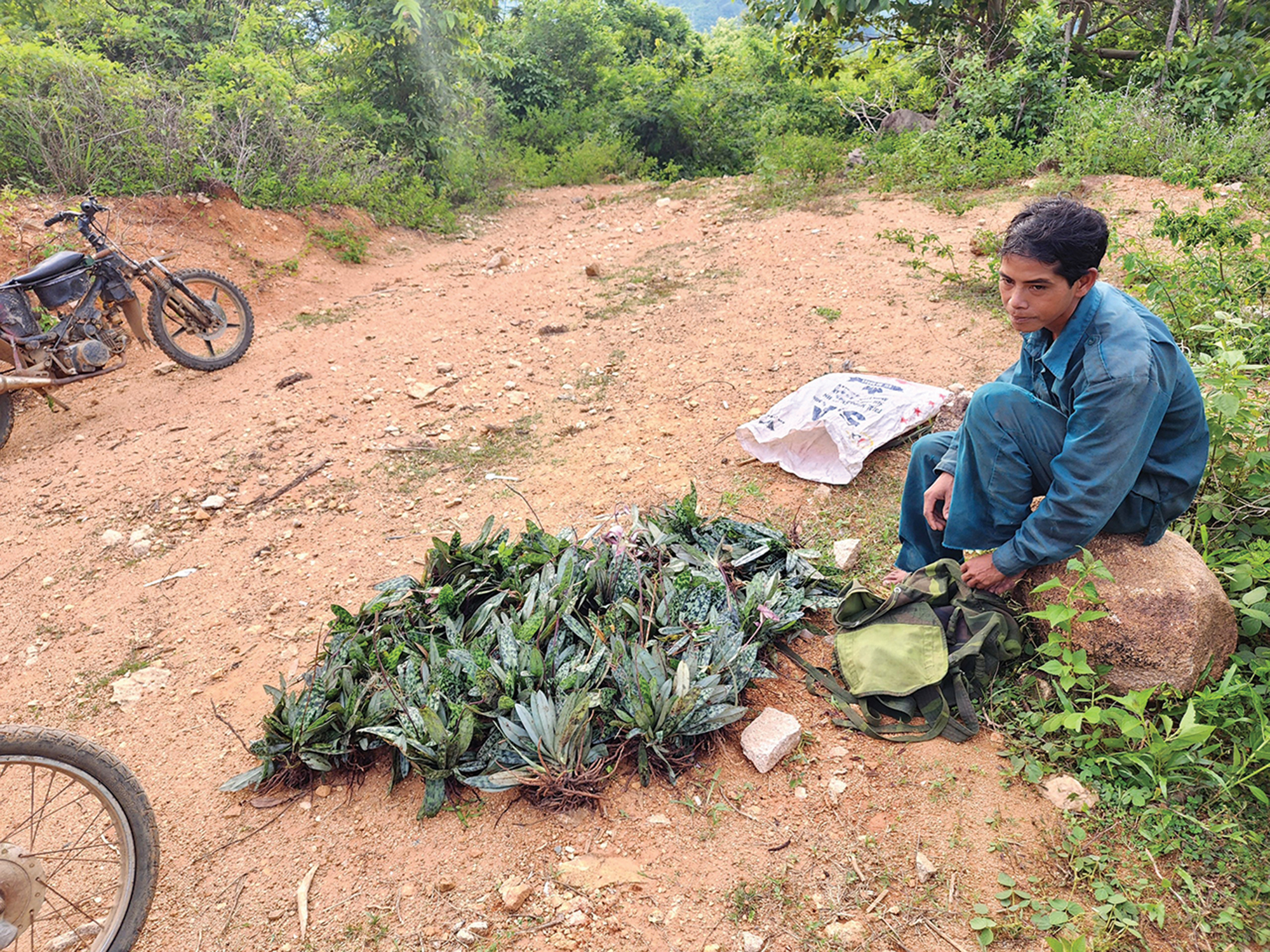
The forest worker next to the result is the Van Nam orchid.
"A few months ago, my group discovered a Hai Van Nam orchid field, which was sold for 6 million VND. Before that, the group also found many types of lingzhi mushrooms, green lim mushrooms, co co mushrooms, and cau ginseng... which were sold for several million VND/kg," Mr. Dac boasted.
He said that in the past, many people flocked to the forest to hunt for "heavenly gifts". To improve their family income, they sometimes had to gamble with their lives on tall trees or steep cliffs. However, nowadays, few people go to the forest, because most of them have gone to the South to work as factory workers, and this job is very dangerous.
"I know it's dangerous, but there's no other way. Only by taking risks like that can I have a chance to earn millions and support my family," Dac shared, adding that foresters must have skills because there are no other tools to help them. In addition to being strong and flexible, foresters must also be good at climbing and have "nerves of steel" and not be afraid of heights.
Not to mention, when entering the deep forest, it is easy to encounter dangerous reptiles such as snakes, centipedes, insects, or come into contact with poisonous plants such as aconite, lacquer, poisonous mushrooms, etc. Many people in his village have lost their lives while collecting orchids in the deep forest.
Saying that, Mr. Dac pointed to a rocky outcrop next to the stream, where a rotten tree with a diameter larger than a person's embrace had fallen down ten years ago: "Last year, we dug up a few trees there, leaving some small ones to grow. Surely if we go in now, there will be big trees." So he took out his hoe, took out his machete, and signaled us to follow.
Just as Dac said, a cluster of slipper orchids appeared around the rotten tree trunk. Dac said that last year, this plant was only as big as a fingertip. Then Dac used the tip of his machete to gently pry around it, then pulled it up and showed it to everyone: "This plant is probably worth 200,000 VND, it will only bloom at the end of the rainy season. Now I will use my machete to dig up the roots of the big plants. I will leave the small plants for next year."
After a day of trekking in the forest, our group only managed to hunt a few small Gia Lai Van Nam Slipper orchids. Along the way, everyone also took the opportunity to pick some co stork mushrooms and blood-enriching vine plants…
"Today is considered a failure, that's the job of going into the forest! If we're lucky, we can earn a few million dong in one trip, but sometimes we can go for days without earning anything. Knowing that, we still accept it because we want to make a living," Dac confided.
Talking to us, Mr. Pham Thanh Phuoc, Head of Ia Ly Protective Forest Management Board, said that people living near the forest often form small groups to go into the forest to find secondary forest products. Because this is also a source of income for the people, the management board often promotes and encourages the collection of orchids and mushrooms in moderation, creating a balance for the development of forest resources.
"Many groups of forest workers have also been conscious, taking only half of the forest products they find. They let the rest grow and develop to avoid depleting the gene pool. When discovering rare plants, they also report it immediately so that the forest rangers can have a protection plan," said Mr. Phuoc.
Source





![[Photo] Looking back at the impressive moments of the Vietnamese rescue team in Myanmar](https://vstatic.vietnam.vn/vietnam/resource/IMAGE/2025/4/11/5623ca902a934e19b604c718265249d0)
![[Photo] "Beauties" participate in the parade rehearsal at Bien Hoa airport](https://vstatic.vietnam.vn/vietnam/resource/IMAGE/2025/4/11/155502af3384431e918de0e2e585d13a)

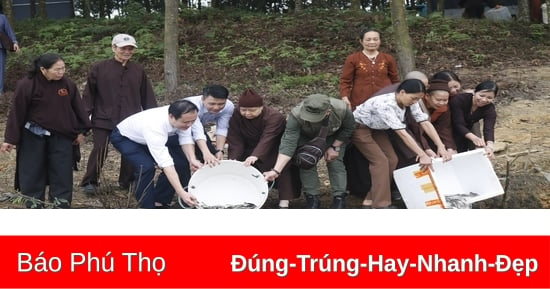

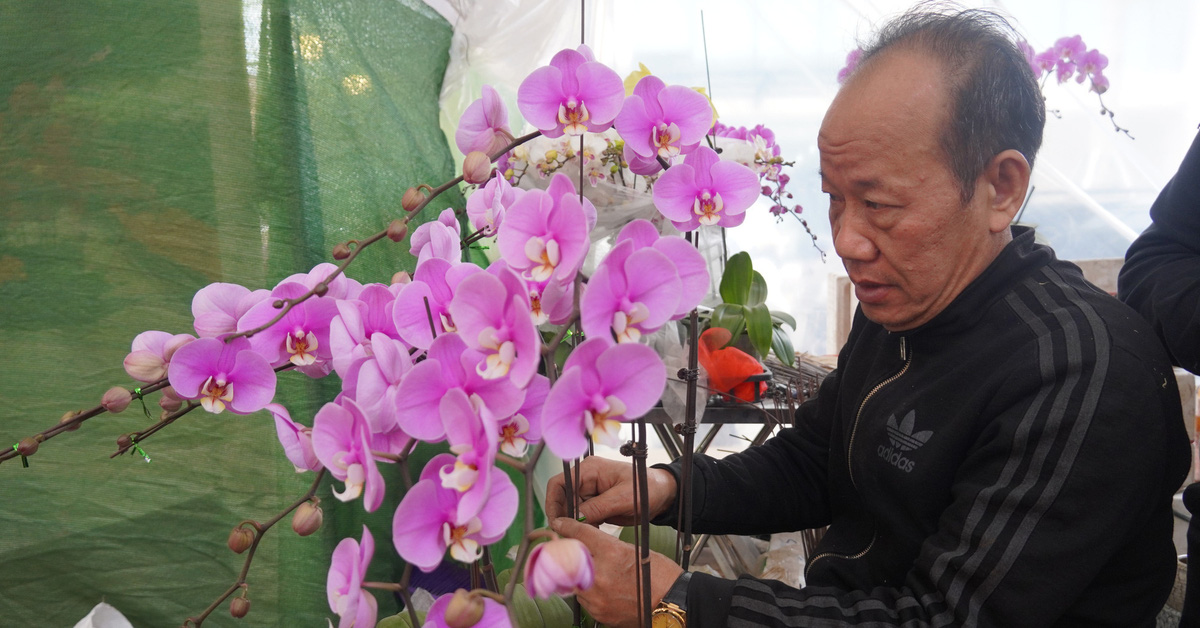

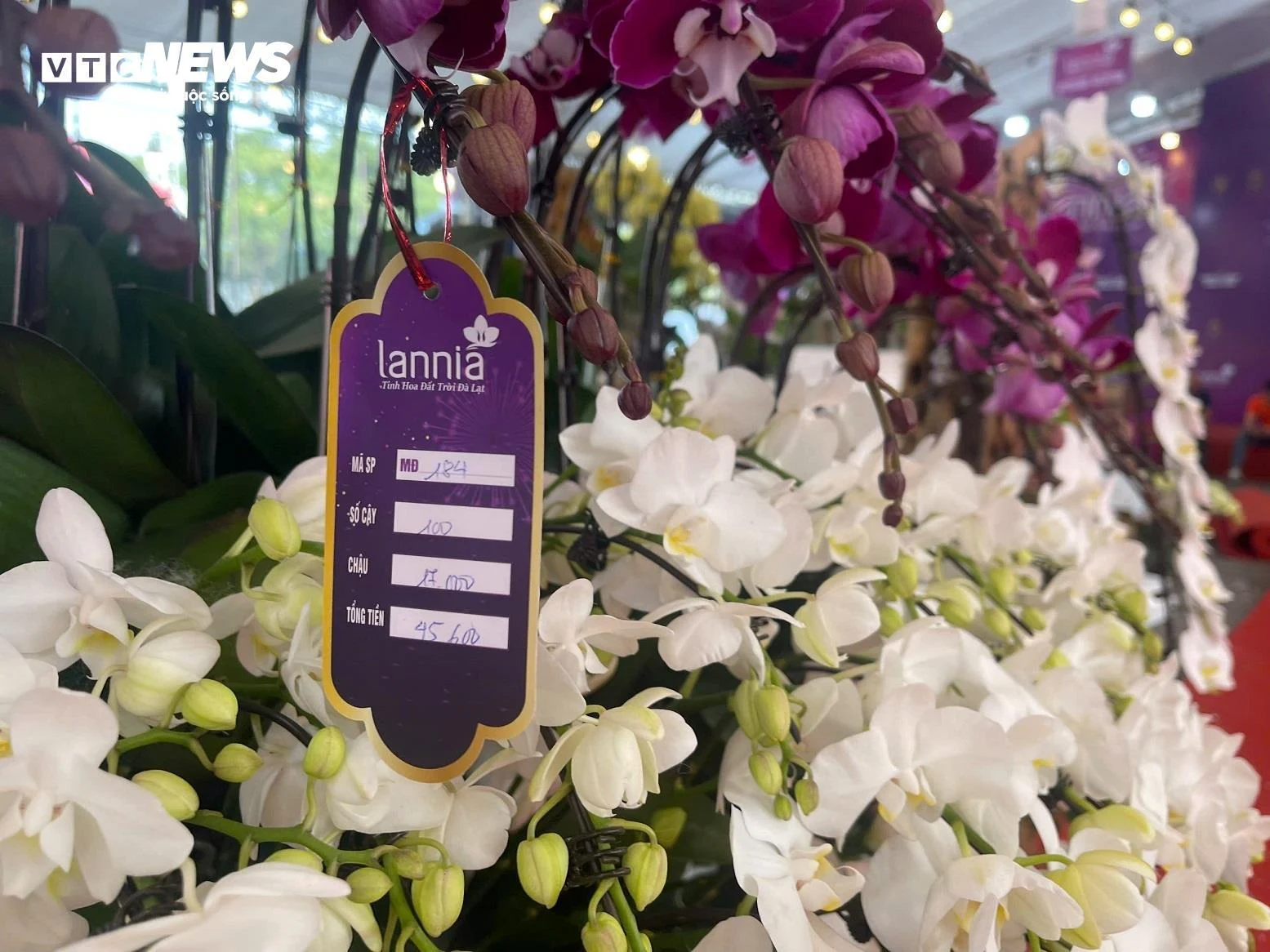

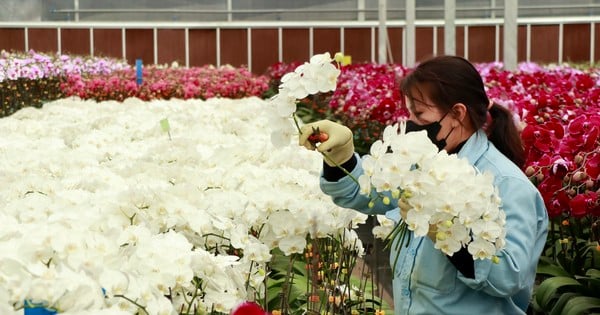

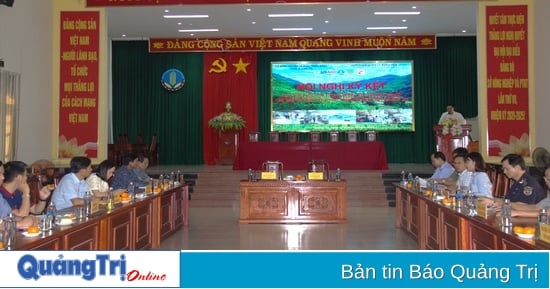





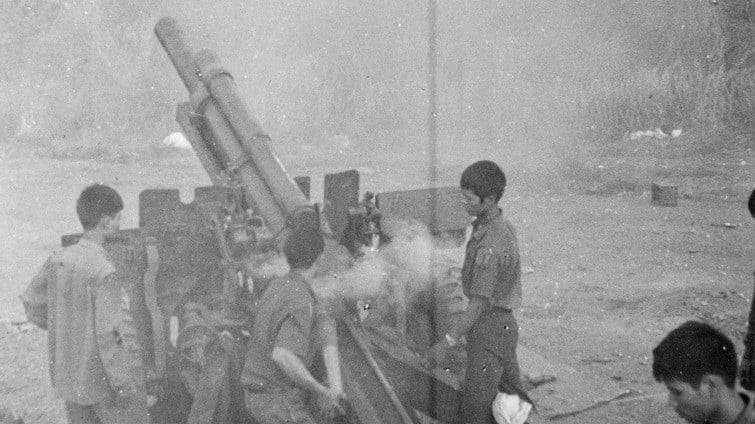






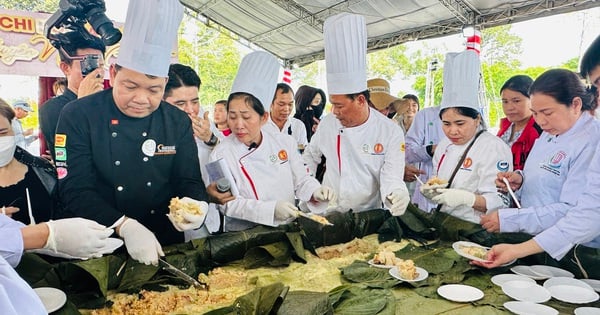

![[Photo] Summary of parade practice in preparation for the April 30th celebration](https://vstatic.vietnam.vn/vietnam/resource/IMAGE/2025/4/11/78cfee0f2cc045b387ff1a4362b5950f)



























































Comment (0)